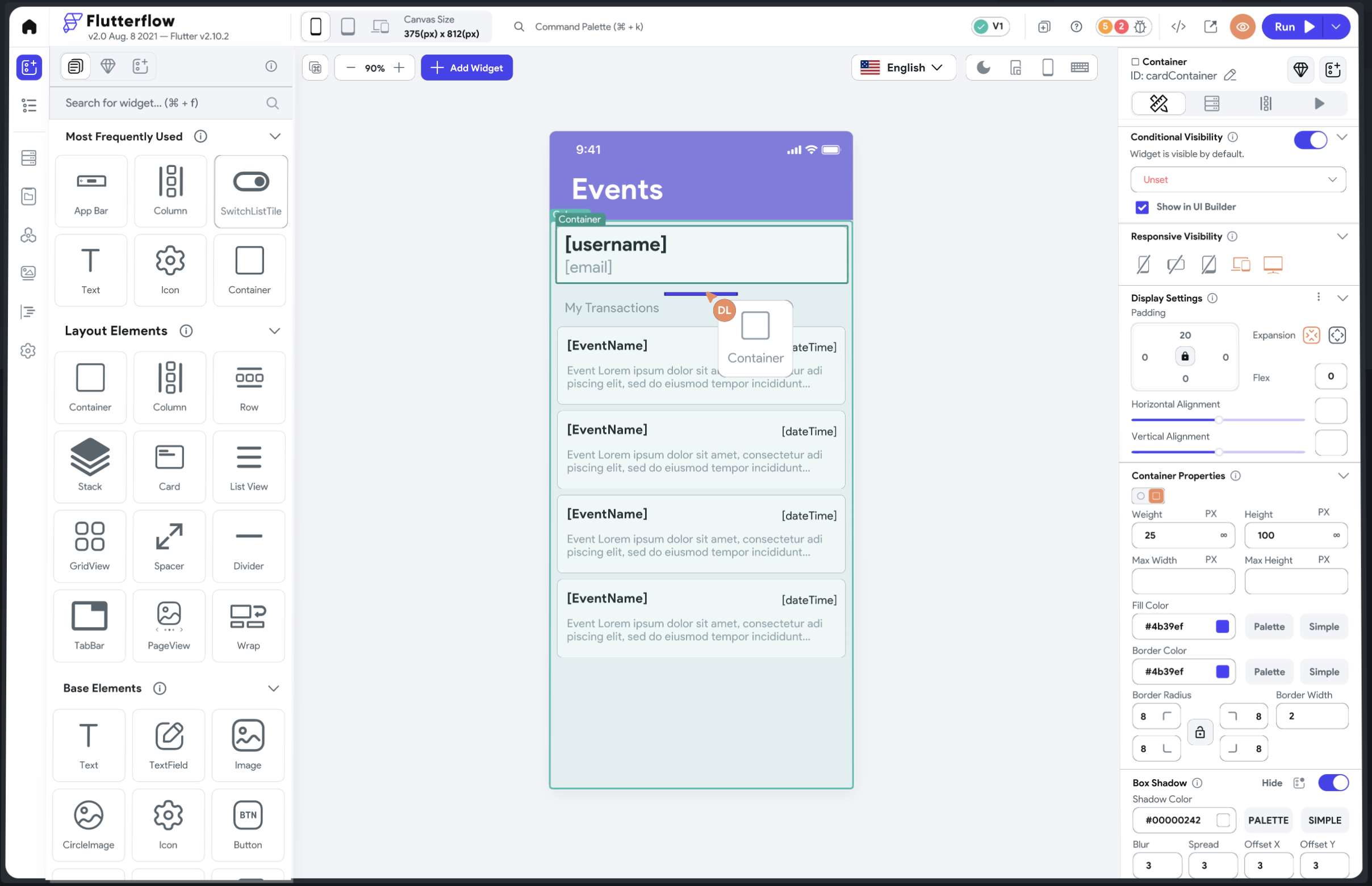Mobile application development for the masses
There are several software tools in the market that are making mobile application development easier for the mass market. These tools offer various features such as drag-and-drop interfaces, pre-built templates, and visual programming languages, which allow even those with little or no programming experience to create professional-grade mobile apps.
One such tool is Appy Pie, which is a cloud-based app builder that allows users to create apps for iOS, Android, and Windows platforms. It offers a wide range of features such as a drag-and-drop interface, pre-designed templates, and integration with various third-party services.
Another tool is Shoutem, which is a platform for building native mobile apps. It offers a range of features such as a visual editor, pre-designed templates, and integration with various third-party services.
One of the main benefits of using these types of software is that they significantly reduce the learning curve for mobile app development. This means that even those with little or no programming experience can create professional-grade mobile apps. Additionally, these tools often come with a range of pre-designed templates and visual elements, which can save a lot of time and effort for developers.
However, there are also some potential drawbacks to using these types of software. One of the main limitations is that the apps created using these tools may not be as customizable as those created using traditional programming languages. Additionally, the use of these tools may result in a lack of control over the app's underlying code, which could make it more difficult to troubleshoot problems or make changes to the app in the future.
Our personal favorite low code app development software is FlutterFlow.io which is built on top of Flutter. Flutter is an open-source mobile application development framework created by Google. It allows developers to build natively compiled applications for mobile, web, and desktop from a single codebase. One of the main advantages of Flutter is its hot reload feature, which allows developers to quickly and easily experiment, build UIs, add features, and fix bugs faster.
Flutter also offers a rich set of customizable widgets and tools for building beautiful and responsive user interfaces, as well as support for integration with popular backend services and cloud storage platforms. It also has strong support for integration with other popular tools and frameworks, such as Firebase and Dart.
Overall, Flutter aims to make it easier and faster for developers to build high-quality, cross-platform apps with a single codebase.
Overall, while software tools that make mobile app development easier for the mass market have the potential to democratize app development and make it more accessible to a wider audience, it is important to carefully consider the pros and cons before choosing to use one of these tools.

